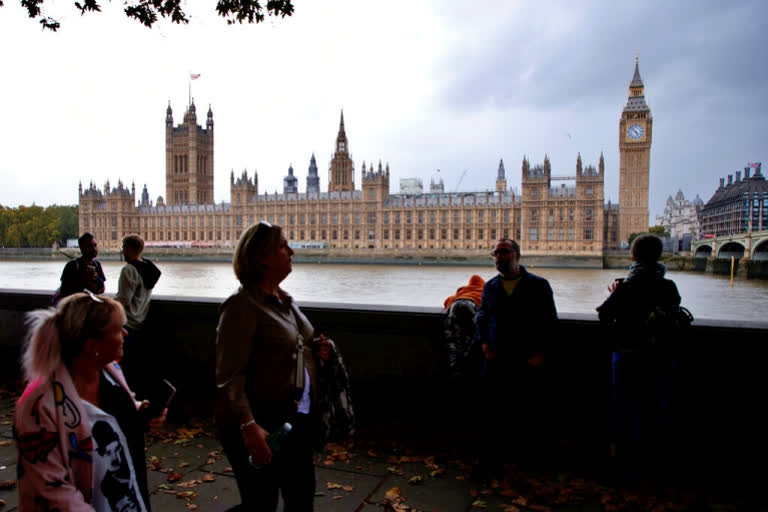London:Observers of Britain’s governing structure can be forgiven for scratching their heads in recent weeks as they watch the country reel through a succession of prime ministers without holding an election. While the opposition Labour Party is demanding an election, the governing conservatives are pushing on with choosing another prime minister from within their own ranks, which they have the right to do because of the way Britain's parliamentary democracy works.
Britons never actually vote for their Prime Minister
Britain is divided into 650 local constituencies, and people tick a box for the representative they want to become their local member of parliament, or MP. In most cases, this will be a member of one of the country's major political parties.
The party that wins the majority of seats gets to form a government, and that party's leader automatically becomes prime minister. While coalitions are possible, Britain's voting system favors the two largest parties and in most cases a single party will take an absolute majority of seats, as is the case for the Conservatives in the current Parliament.
How do the parties choose their leaders?
Since 1922, all of Britain’s 20 prime ministers have come from either the Labour Party or the Conservative Party. This means the members of these parties have an outsized influence on who will be the country’s prime minister. The processes the parties use to choose them can appear Byzantine.
Deep breath: For the Conservative Party, their lawmakers must first signal their support for a potential leader. If there is enough support, this person will become an official candidate. All Conservative MPs then cast a series of votes, gradually whittling down the number of candidates to two. Finally, the party’s ordinary members — around 180,000 of them — vote between these two candidates. Last time they chose Liz Truss over Rishi Sunak.
Also read: After Johnson pulls out Rishi Sunak likely to be UK PM this Diwali
